Industrial tanks and pipes are critical components of any manufacturing, processing, or storage facility. They play a vital role in ensuring smooth operations by storing and transporting essential materials like water, chemicals, and fuels. However, maintaining these assets can be a significant expense for businesses. By implementing effective strategies, you can reduce maintenance costs while extending the lifespan of your equipment. Here, we explore actionable steps to optimize the maintenance of your industrial tanks and pipes.
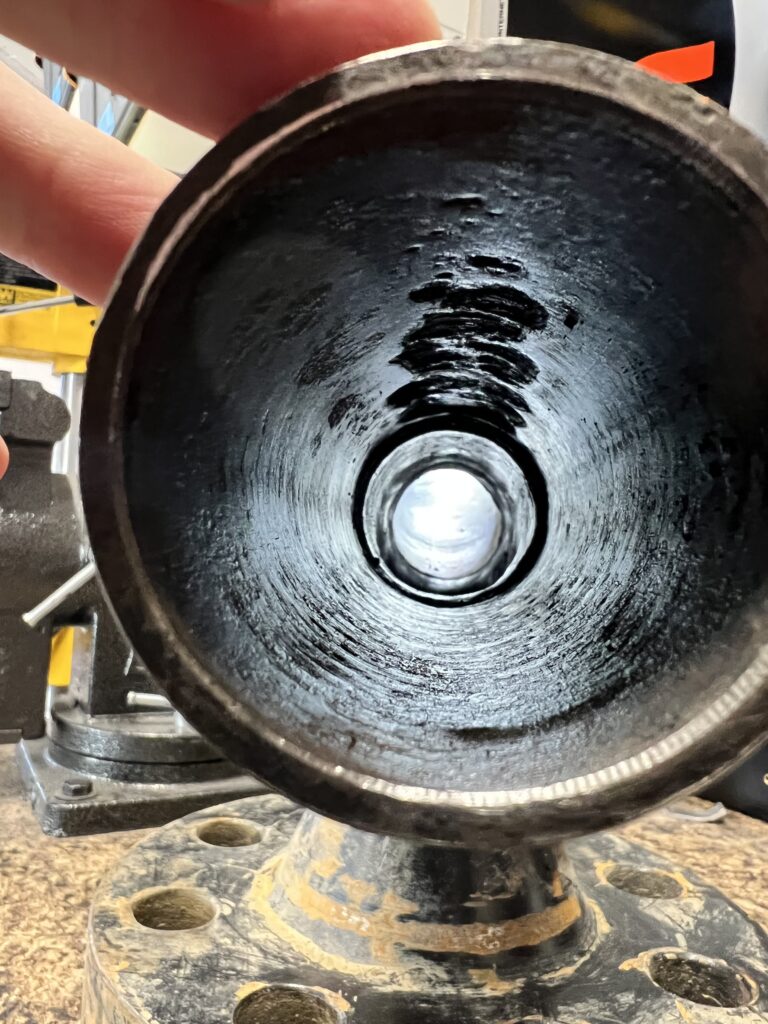
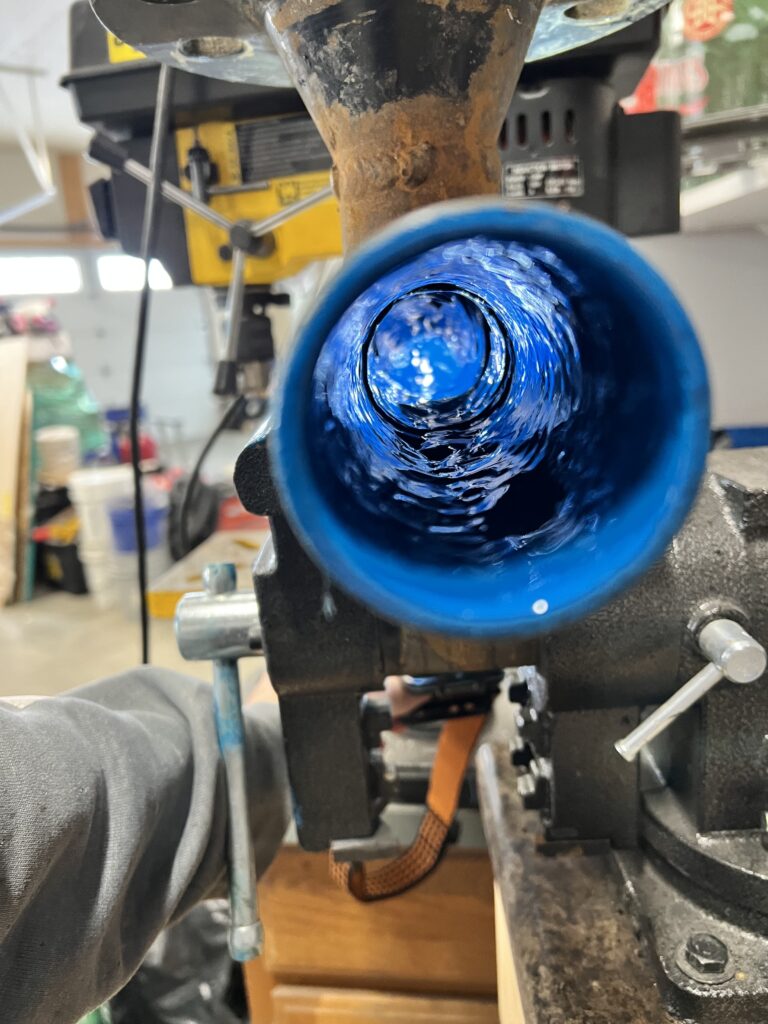
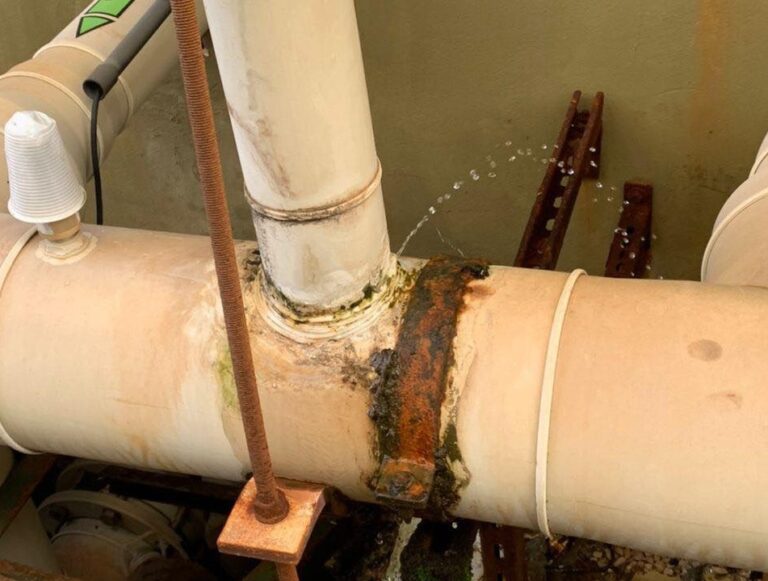
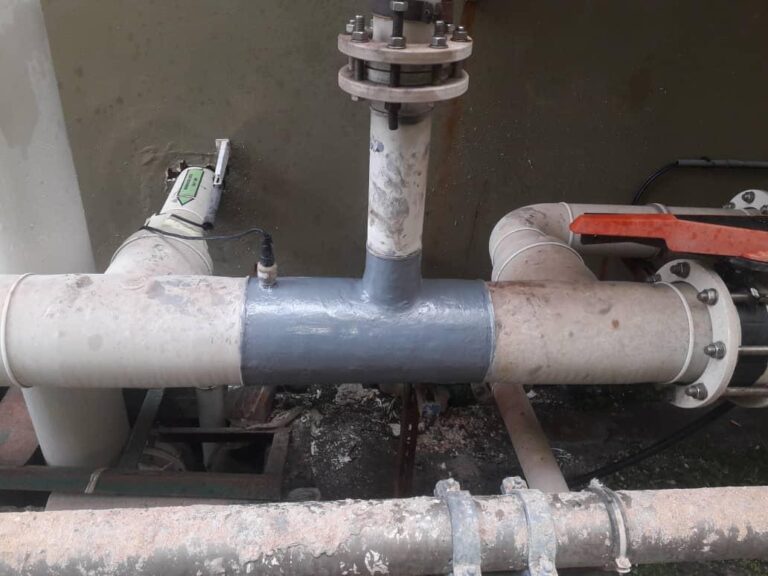
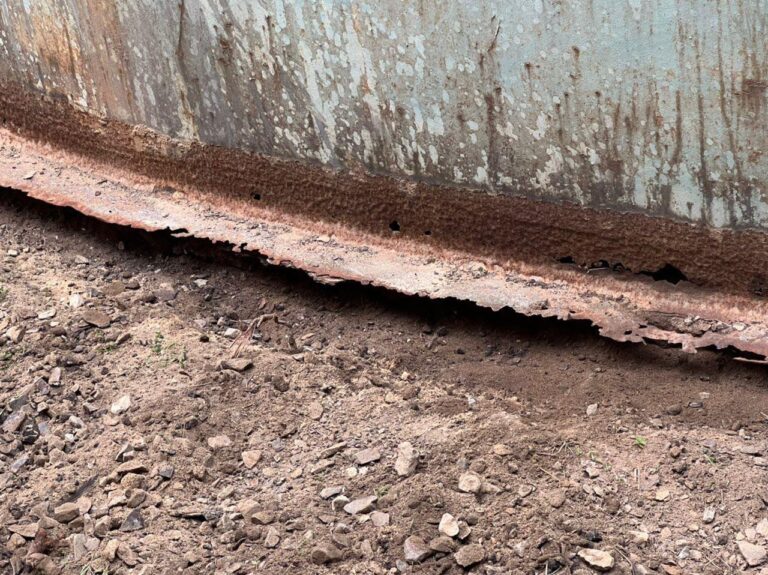
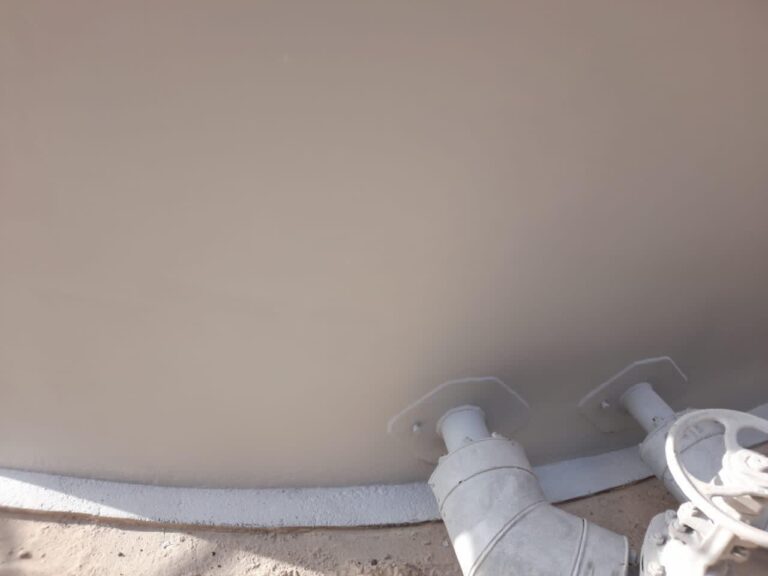
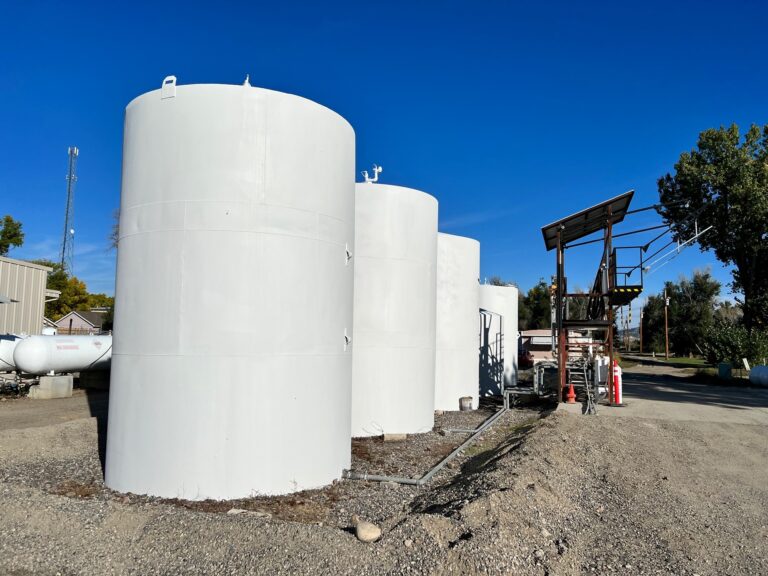
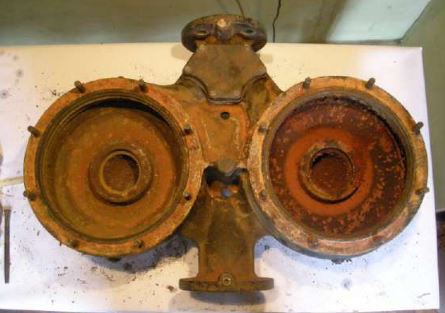

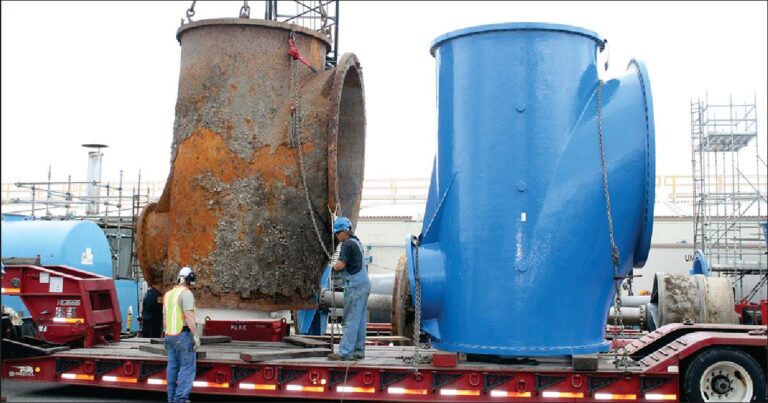

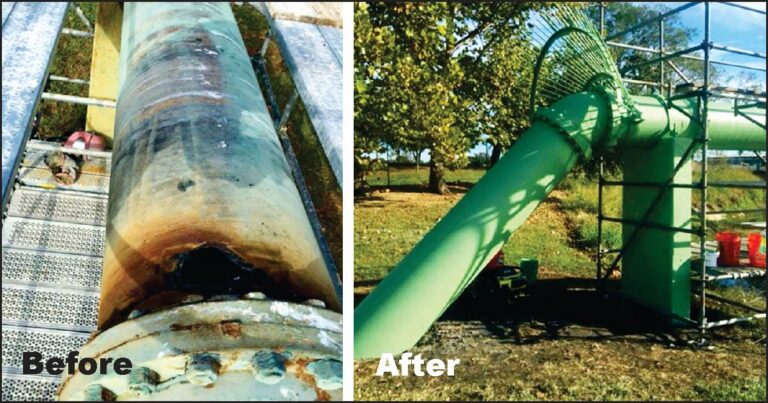
Preventive maintenance is one of the most effective ways to reduce long-term costs. Rather than waiting for equipment to fail, establish a routine schedule for inspections and minor repairs. This proactive approach helps identify potential issues before they escalate into costly breakdowns.
Develop a Maintenance Schedule: Create a calendar that outlines regular inspection dates for your tanks and pipes.
Use Checklists: Ensure thorough inspections by using detailed checklists that cover common issues like corrosion, leaks, and pressure irregularities.
Train Staff: Equip your team with the skills to identify warning signs during routine checks.
Preventive maintenance not only saves money but also minimizes downtime, ensuring uninterrupted operations.
Industrial coatings are your first line of defense against corrosion, wear, and chemical damage. Choosing the right coating for your tanks and pipes can significantly reduce maintenance needs and costs.
Material Compatibility: Ensure the coating is suitable for the materials stored or transported in your equipment.
Environmental Factors: Consider the operating environment, including temperature, humidity, and exposure to chemicals.
Longevity: Opt for durable coatings with a proven track record of performance.
Advanced coatings, such as those available from ENECON Rocky Mountain, provide excellent resistance to abrasion and chemical exposure, reducing the frequency of repairs.
3. Choosing the Right Repair Material: Tailoring Solutions to the Damage
Proper surface preparation is the key to a successful concrete repair project. Before repairing the concrete we emphasize the removal of loose or damaged material, thorough cleaning, and, if necessary, profiling the surface to ensure optimal adhesion of repair materials. This meticulous preparation sets the stage for a durable and long-lasting concrete repair.
Routine inspections are crucial for identifying early signs of wear and tear. Schedule inspections at least quarterly, and consider more frequent checks for equipment operating under harsh conditions.
Signs of Corrosion: Check for rust, pitting, or discoloration on tanks and pipes.
Leaks: Look for dripping, pooling, or pressure drops that could indicate leaks.
Structural Integrity: Ensure that welds, joints, and seals are in good condition.
Use advanced inspection tools like ultrasonic testing and thermal imaging to detect hidden issues that may not be visible to the naked eye.
For equipment susceptible to corrosion, cathodic protection can be a game-changer. This technique involves using an electrical current to prevent metal surfaces from corroding.
Sacrificial Anodes: Metal anodes are attached to the equipment and corrode in place of the tank or pipe.
Impressed Current Systems: An external power source delivers a protective current to the equipment.
While there is an initial investment in setting up cathodic protection, the long-term savings on maintenance and replacement costs make it worthwhile.
Operating conditions can have a significant impact on the wear and tear of your tanks and pipes. By optimizing these conditions, you can reduce the stress on your equipment and extend its lifespan.
Monitor Pressure and Temperature: Use sensors to ensure equipment operates within recommended ranges.
Control Flow Rates: Avoid excessive flow rates that can cause erosion or vibration in pipes.
Minimize Chemical Exposure: Use liners or coatings to protect equipment from aggressive chemicals.
Adopting these measures reduces the likelihood of damage, leading to lower maintenance costs.
Innovative technologies can streamline maintenance and reduce costs by providing real-time insights into equipment performance.
IoT Sensors: Monitor pressure, temperature, and flow in real-time to detect anomalies early.
Drones: Use drones to inspect tanks and pipes in hard-to-reach areas.
Digital Twins: Create a virtual model of your equipment to simulate performance and predict maintenance needs.
By leveraging these technologies, you can make data-driven decisions and address issues before they escalate.
Partnering with a professional contractor specializing in industrial coatings and repairs can save you time and money. Experienced contractors bring the expertise needed to handle complex repairs and recommend cost-effective solutions.
Experience: Choose a contractor with a proven track record in your industry.
Certifications: Ensure they are certified in relevant techniques, such as welding and coating application.
Reputation: Check reviews and ask for references from past clients.
Professional contractors can also help you develop a comprehensive maintenance plan tailored to your facility’s needs.
While replacements are sometimes necessary, repairing equipment is often a more cost-effective solution. Promptly addressing minor issues can prevent them from developing into significant problems that require complete replacement.
Use Quality Materials: Opt for high-quality materials during repairs to ensure durability.
Hire Professionals: Avoid DIY fixes and rely on experts for complex repairs.
Document Repairs: Maintain detailed records to track the history of your equipment.
Well-executed repairs can extend the lifespan of your tanks and pipes, reducing the frequency and cost of replacements.
Your staff plays a critical role in maintaining your equipment. Investing in training ensures they have the knowledge and skills to identify and address issues effectively.
Inspection Techniques: Teach employees how to identify early signs of wear and damage.
Safety Procedures: Ensure they understand how to safely handle and maintain equipment.
Emergency Response: Train them to respond quickly to leaks or other emergencies.
A well-trained team can significantly reduce maintenance costs by preventing issues and addressing them promptly.
Reducing maintenance costs is not just about short-term fixes; it’s about planning for the future. Develop a long-term strategy that prioritizes sustainability and efficiency.
Budget for Maintenance: Allocate sufficient funds for regular inspections, coatings, and repairs.
Evaluate Equipment Lifespan: Identify equipment nearing the end of its lifespan and plan for replacements.
Review and Adapt: Regularly assess your maintenance strategy and adjust as needed.
By taking a long-term approach, you can create a sustainable maintenance program that minimizes costs and maximizes equipment performance.
Maintaining industrial tanks and pipes doesn’t have to be a financial burden. By adopting preventive maintenance, investing in high-quality coatings, and leveraging advanced technologies, you can reduce costs and extend the lifespan of your equipment. Regular inspections, optimizing operating conditions, and partnering with experienced contractors further contribute to cost savings. Most importantly, a well-trained team and a long-term maintenance plan will ensure your facility operates efficiently for years to come. Start implementing these strategies today to protect your assets and reduce your maintenance budget.